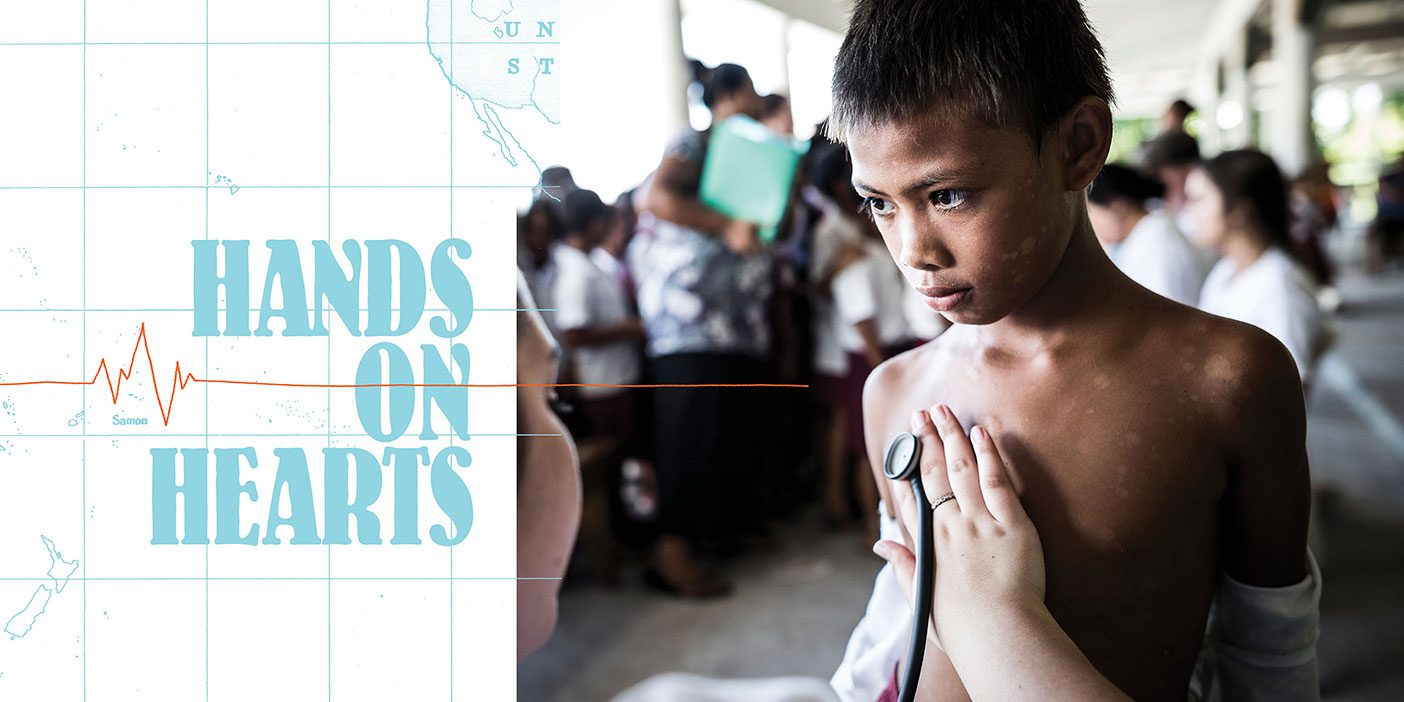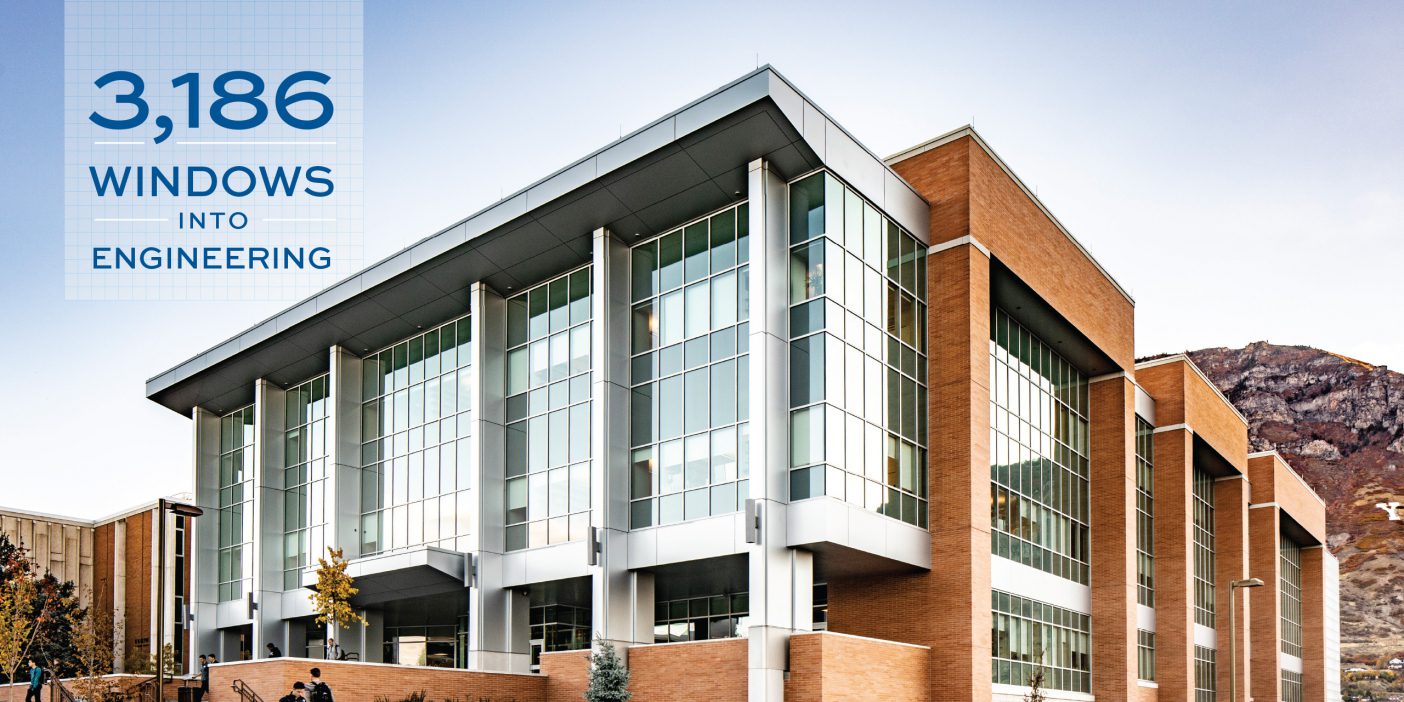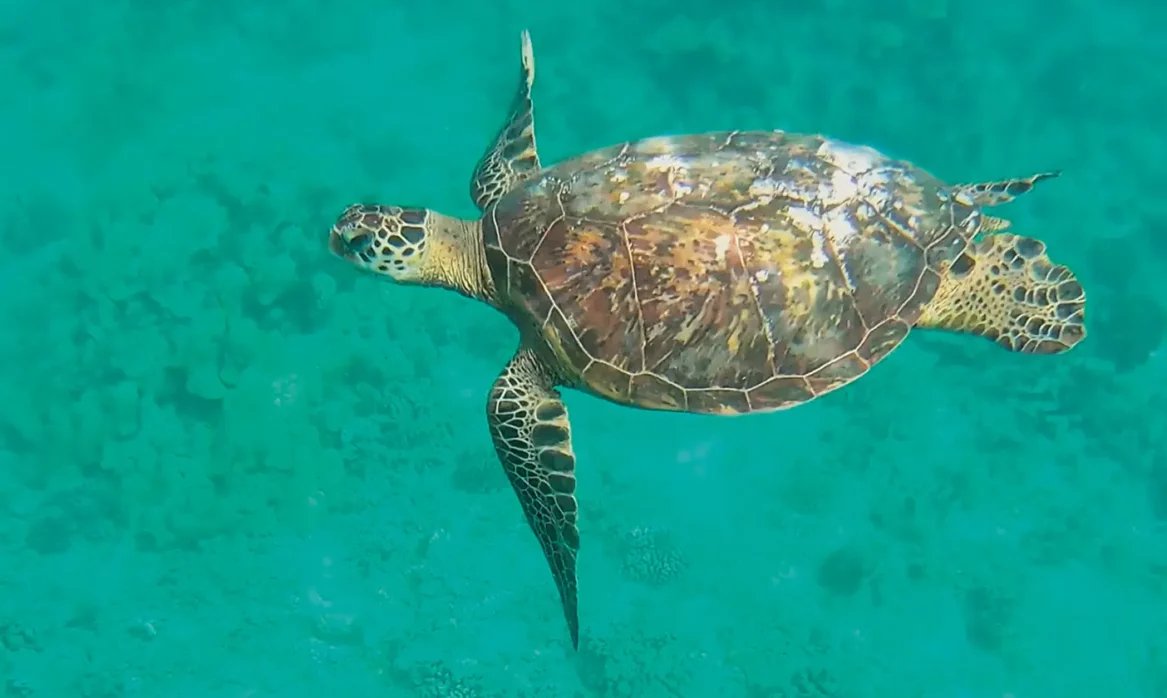Making Strides
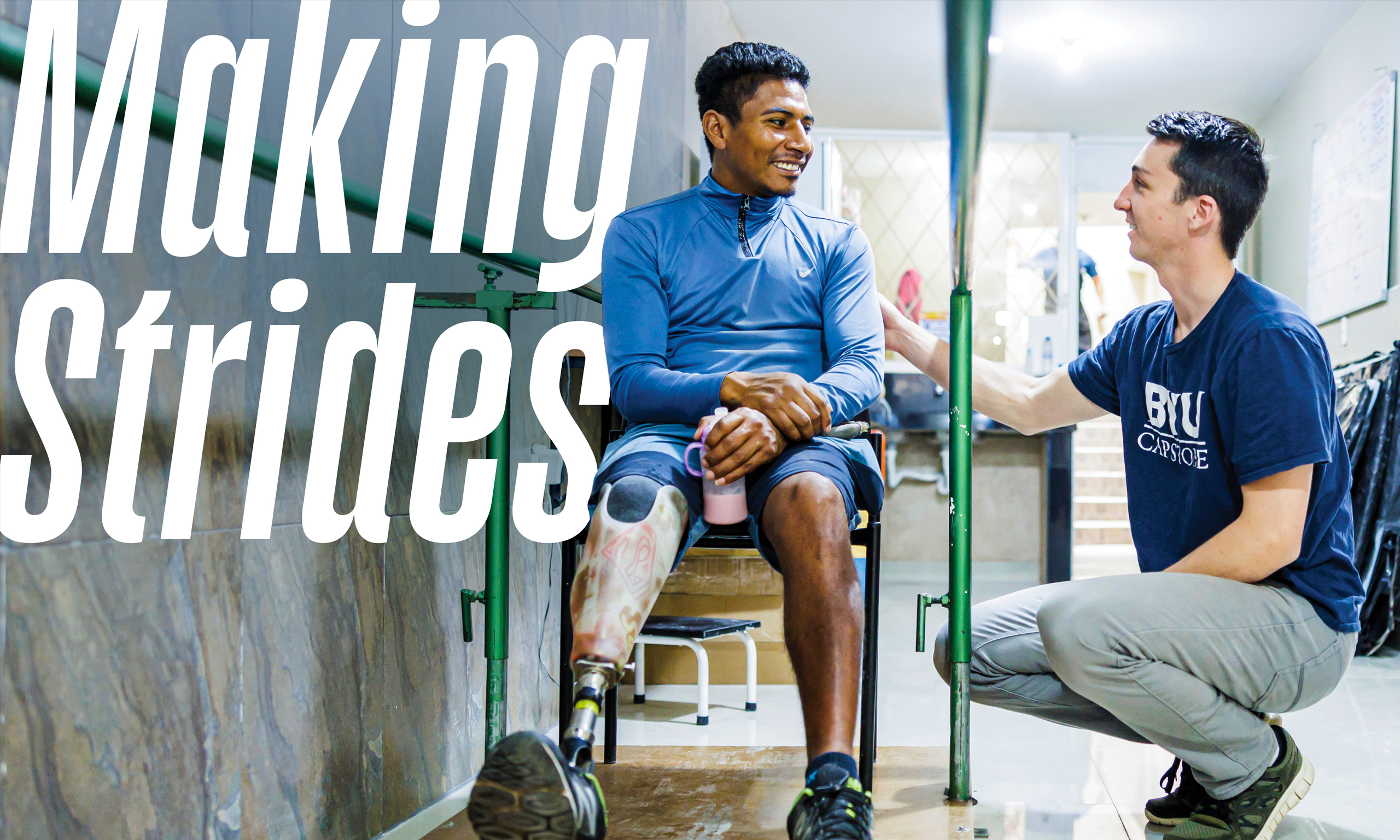
Making Strides
BYU student engineers deliver sustainable prosthetic solutions to patients in Ecuador.
By Michael R. Walker (BA ’90) in the Fall 2023 issue
Photography by Nate Edwards
To hold his daughters’ hands.
That’s what Marcó Gavilanes, candy seller and father of four, says he wants to be able to do. Holding anything but crutches became nearly impossible after losing his right foot and lower leg in an accident at a sugar-cane factory five years ago.
“Look. The truth? Life is hard,” says the young father in Spanish. He and his wife rent a small, cinder-block and cement house in Ibarra, Ecuador.
Still Gavilanes flashes a smile: “I always say that we have what is the most important and valuable: one more day of life and health. First of all, we must give thanks to God for each day He gives us. And I ask God that I will have the strength to move forward, day to day, for my family, my children.”
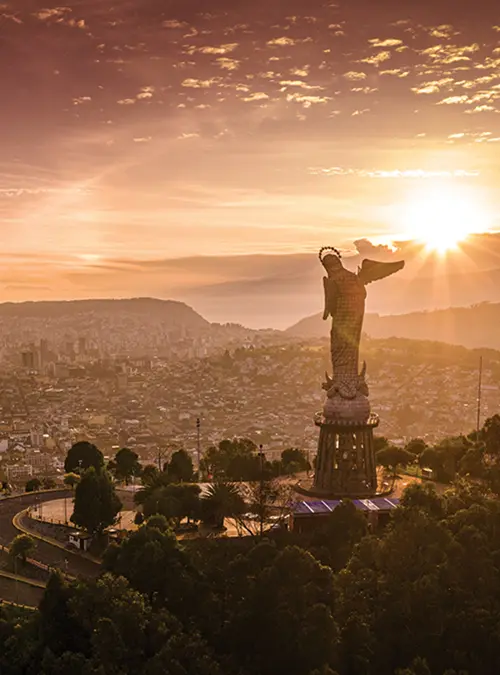
Moving forward, literally, is a daily challenge for Gavilanes. The liner of his prosthetic has holes and causes blisters. And he knows others who “also walk around with broken or damaged things, without the means to fix or replace them.”
On most mornings he wakes up, gets dressed, slides on the prosthetic, ties his shoes, then helps his daughters get out the door—breakfast, uniforms, brushing hair, catching the bus to school.
Then he’s off to help provide for his family. He takes two slow buses from his house to the city center, where he sells candy on the sidewalks near busy markets and businesses.
His family sacrificed, often going without meals, to be able to afford a prosthetic. “The first one I had for a year, and then it was damaged, and I had no money to fix it,” says Gavilanes. “So I walked with crutches again for four or five months.”
And that meant he couldn’t hold his daughters’ hands as they walked together.
For several years BYU engineering students have been mobilizing to help people like Gavilanes connect with their families, return to work, and enjoy a more normal life. This spring the students’ efforts and Gavilanes’s needs came together.
Go Time
With mounting anticipation more than 30 BYU student engineers, along with nurses, capstone coaches, and professors, make their way—on foot and by taxi— from their Ibarra hotel to Prótesis Imbabura. The small prosthetics clinic, named for the nearby cloud-swept stratovolcano, sits just around the corner from a hardware shop and a local lunch stop. Buses and flatbed trucks selling propane rumble by on cobbled streets.
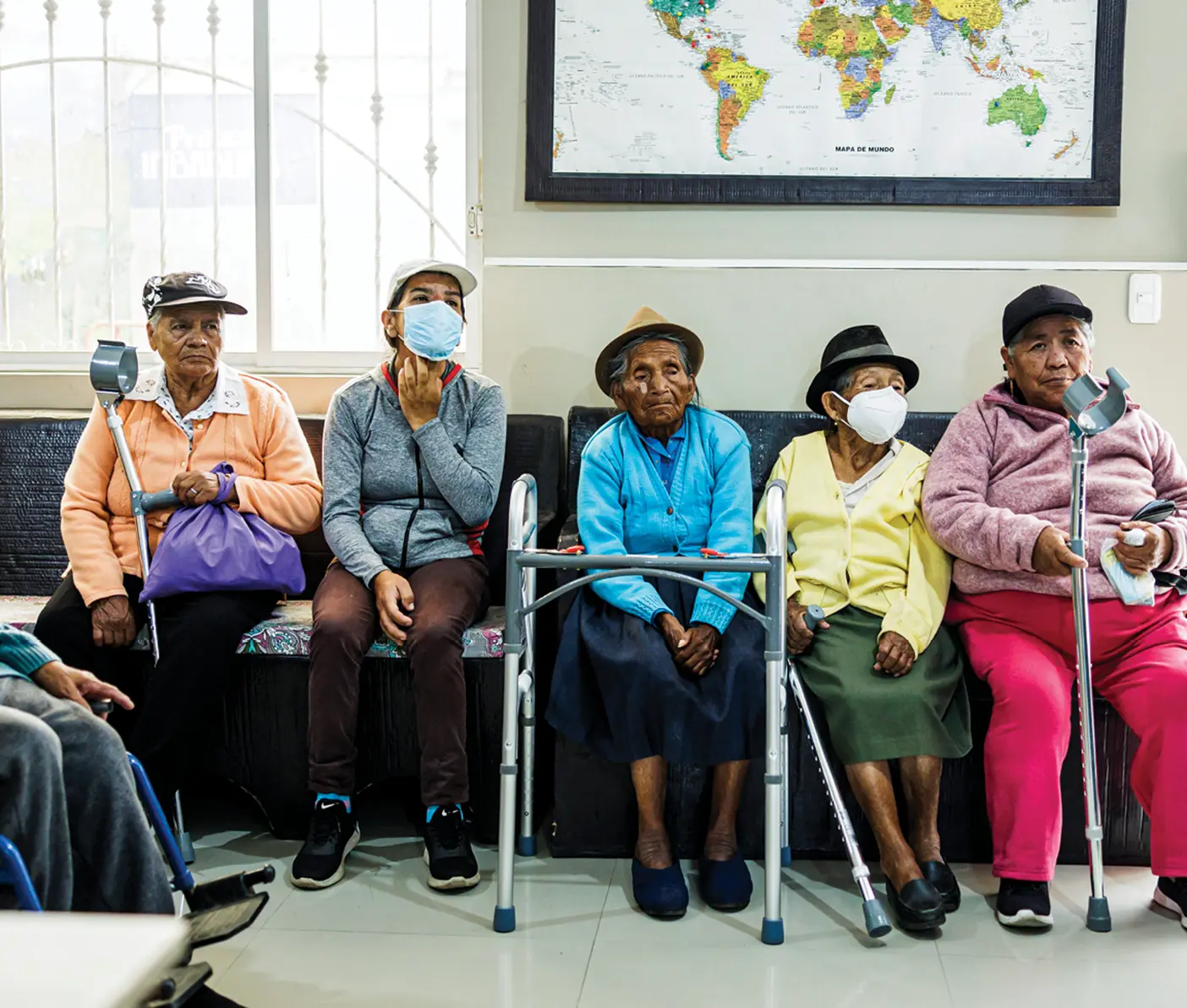
At 8 a.m. on a May morning, patients have already begun filling the waiting room—sun- and smile-wrinkled old ladies topped with fedoras, mothers tending kids, men in branded tees—most with crutches, canes, walkers, or wheelchairs.
Among them are two brothers— one with a prosthetic lower leg— who left their home in the early-morning hours to make a winding 5-hour motorcycle journey uphill from the coast to the city.
There’s a young athlete and a retired professor.
And there’s Gavilanes, accompanied by his wife and two youngest daughters.
From the back of the taxi, the students unload suitcases containing a variety of prosthetic parts donated by a US sponsor. But the team has brought something even better—the promise of a more sustainable future. They have developed student-designed manufacturing processes that could eliminate the need to import prosthetic accessories such as protective liners or the cosmetic foot shells that fit into the shoe.
“In Ecuador it’s really expensive . . . to get prosthetic liners and foot shells. [Without donations], they have to buy them from the States and get them through customs. So we wanted to create a process where they could make their own,” says Anya R. Jeppson (’24), a BYU mechanical-engineering student who worked on the liner project sponsored by BYU Global Engineering Outreach (GEO).
Since 2007 GEO has worked with communities around the world. Students first research potential engineering service projects. Then, working with BYU students and professors all over campus, they find smart, sustainable solutions. In addition to prosthetic consumables, this year in Latin America GEO is working on cookstove sensors, quinoa washers, and wheelchair cushions.
In Ecuador the team hasn’t just brought new ideas but also actual 3D-printed molds, silicone feet, and liners created at BYU. After years of extensive engineering legwork—brainstorming, communicating with the clinic, designing 3D-printed molds, pouring polymers, testing, improving, repeating—it was time to learn how their innovations would work for real patients.
Engineering Hope
BYU students line the wall near the clinic’s handrails to observe and take notes as the clinic’s lead prosthetist, Jairo Collaguazo, fits Edison Benavides with a BYU-designed liner and foot shell.
“A liner is practically like your skin; . . . [it’s] a fundamental part of a prosthetic,” says Benavides, who lost his leg to cancer but, because he received a prosthetic leg from the clinic, is able to work as a gardener. A comfortable, durable liner, he says, can make a huge difference in productivity. “If you have a liner that is too tight or the materials are not good, then your skin can hurt enough that you need 8 to 15 days of rest from activity to heal.”
After Collaguazo assists with sizing and height adjustments, Benavides goes for a test walk. He smiles broadly, obviously pleased. His initial review: “The liner is softer and gives more comfort when walking.”
This emotional payday had been a long time coming.
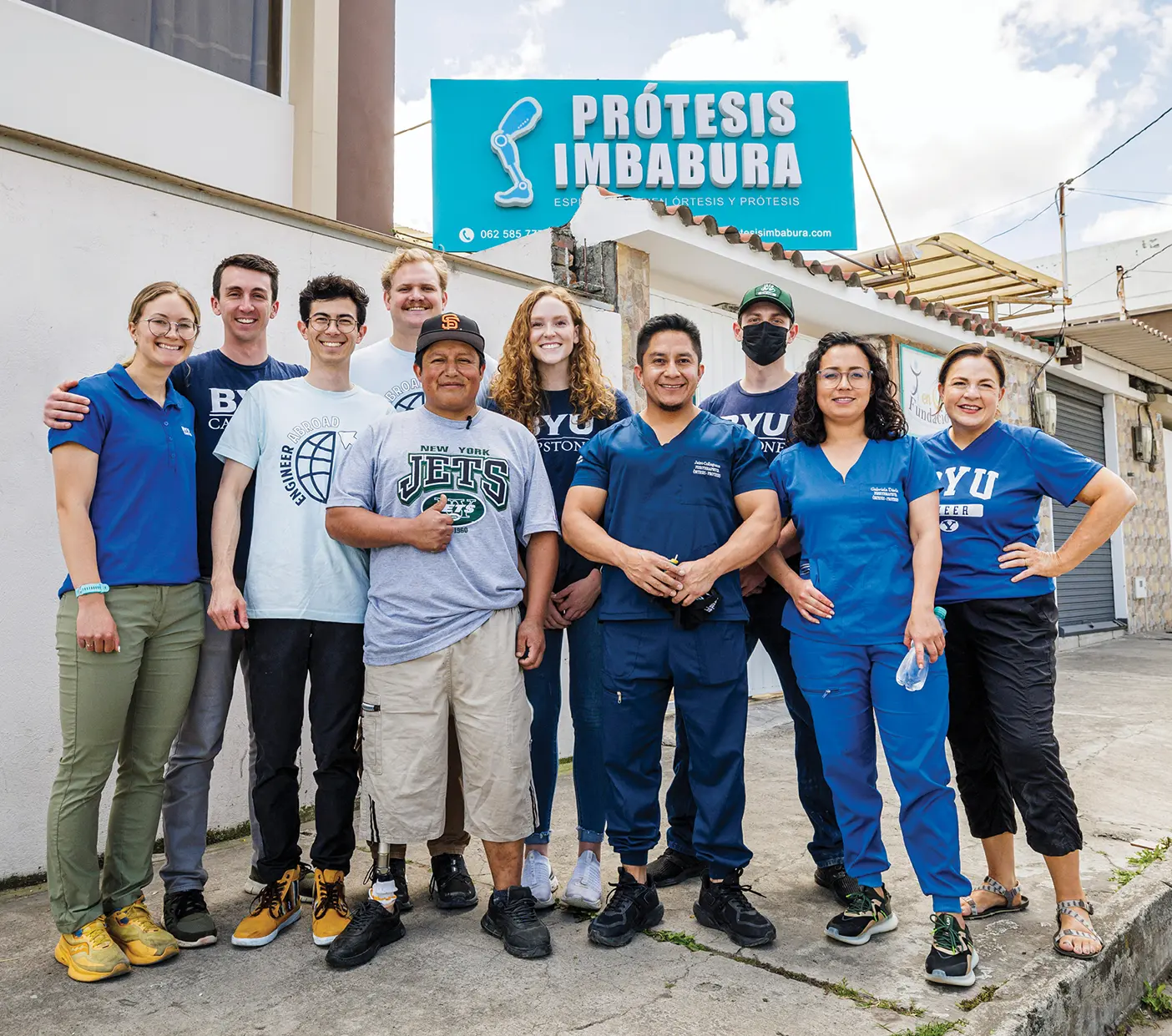
The idea began in 2019, when student Joshua S. Frei (BS ’20) suggested to chemical-engineering professor Randy S. Lewis (BS ’89) and mechanical-engineering adjunct faculty Terri Christiansen Bateman (BS ’93, MS ’95) that they add prosthetics to the growing list of GEO class projects in Latin America.
Frei researched options and discovered Prótesis Imbabura, founded 15 years ago by Bob and Kit Frank, therapists and philanthropists from North Carolina who have volunteered in Ecuador for decades.
A third of Ecuadorians live in poverty—more than 80 percent for people with disabilities. Finding financial opportunities becomes even more difficult for those who suffer amputations. Obtaining a prosthetic in Ecuador can be complicated and expensive, says Collaguazo. “Those who need a prosthetic have to wait a long time. So [the clinic] was created with the objective to help people access a prosthesis more quickly and economically.”
The clinic was a natural fit for BYU. “BYU’s mission to go and serve is similar to that of Prótesis Imbabura in that we as professionals have to try to learn and then later give to others,” says Collaguazo. “So if we have the same vision and can connect, we will be stronger and [more] able to help people who need it.”
GEO students began brainstorming ways to improve liners in 2019. When COVID-19 prevented the class from traveling to Ecuador, they created a working prototype and submitted their liner mold design to the 2020 international AIChE Chemical Engineering for Good Challenge, winning first place.
For both the liner and foot-shell design teams, the challenge was to devise low-cost, low-scale production options—a complete departure from the large-scale manufacturing processes used in the United States or China, which require use of expensive injection-molding equipment. While professors and coaches could support and advise, the students themselves were tasked with developing solutions.
“The first few months, they struggle, because they’re not used to these projects,” says GEO professor Lewis. “They think I or Terri [Bateman] know the solution, and we’re just waiting to see if they can figure it out. We don’t know the solution. And it’s challenging to them because they’re not used to open-ended problems.”
The first goal was to lower costs. Accounting for taxes, tariffs, and shipping, imported liners and foot shells can cost more than $200. The BYU teams worked to keep their material expenses under $30.
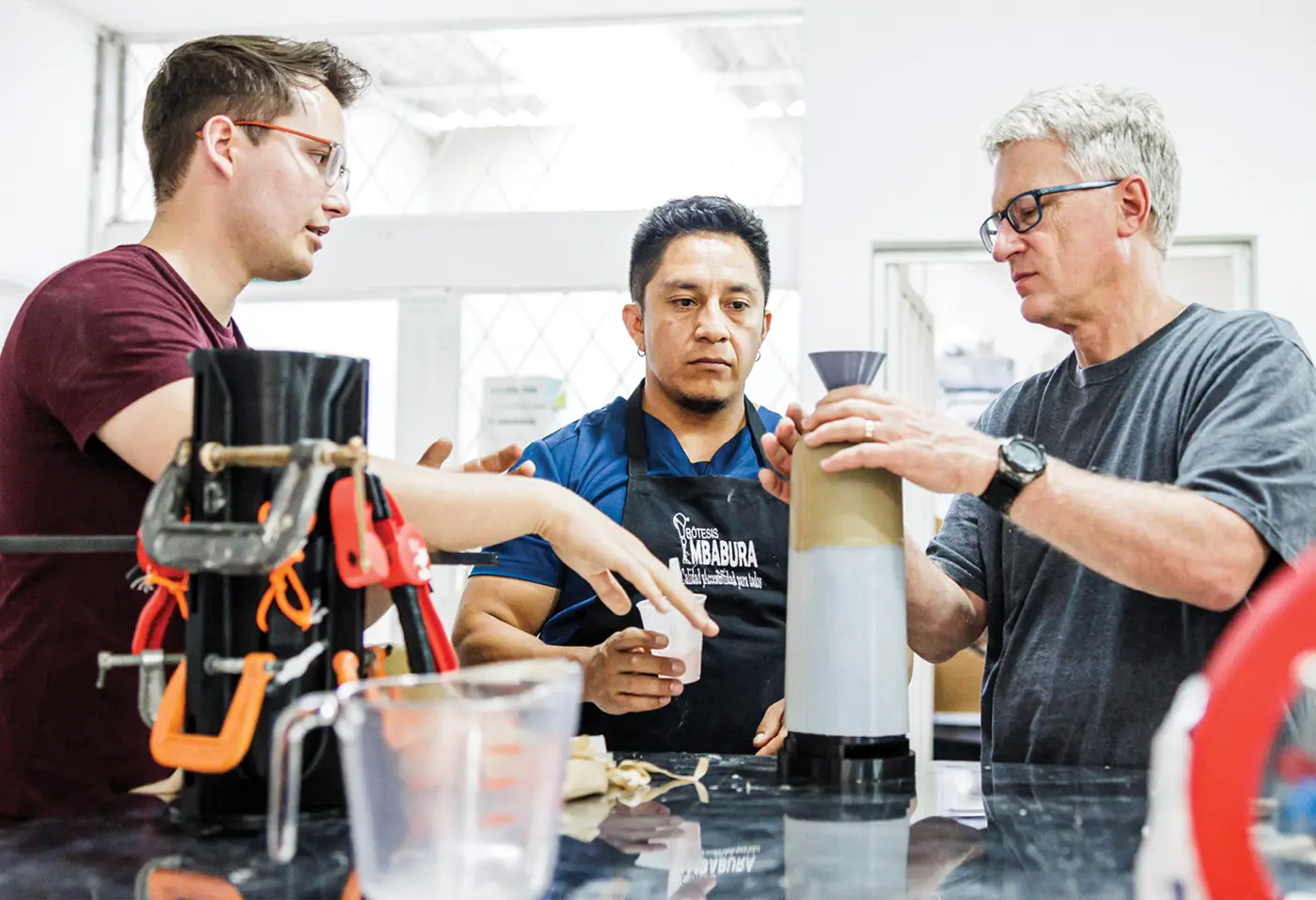
“In Ecuador it’s really expensive . . . to get prosthetic liners and foot shells. . . . So we wanted to create a process where they could make their own.”
Anya Jeppson
For the liners, students had to create a protective sleeve using medical-grade materials. It needed to bond two types of polymer together without being sticky, incorporate a distal pin to allow the liner to connect to the prosthetic, and integrate fabric that stretched in a way that it would stay put once in place but also could be pulled on and off easily.
In designing the foot shell, students needed to create something that resembles a foot on the exterior but with an interior cavity where the prosthetic foot—made of plastic, wood, metal, or carbon fiber—could be inserted. They then had to create a repeatable process by which custom shells in multiple sizes could be poured on-site in Ecuador.
As part of what he calls “the best team I’ve ever worked [with],” mechanical engineer and premed student Cody L. Messick (BS ’23) spent a lot of time on a computer, designing CAD models of the outer and inner geometries of the foot shell. The trickiest part was finding a way to extract the inner mold once the silicone had cured.
Amid dead ends and computer crashes, a final design eventually emerged. It was like a puzzle box, with an inner mold made of multiple parts held together with magnets. Once the polymer material dried, the inner pieces could be extracted by pulling them out with attached ribbons.
Messick says the team’s efforts paid off in Ibarra; they had the “shared experience of putting foot shells on patients and seeing their . . . happy reactions. [It] made it all worth it.”
Blessed Both Ways
In Ibarra, as patients filter through the busy clinic, the BYU students gather feedback on how to improve the products and processes they developed.
Jairo Rosero, a retired music professor with a lower-leg amputation due to diabetes, arrives with a deteriorated liner and foot shell that offered no comfort or support. Like many patients, he was not able to replace the accessories when they wore out, which is generally after six months to two years.
When fitted with a new BYU liner and foot shell, Rosero bounces on his prosthetic—almost dancing—and smiles. The liner makes him feel more stable and secure, he reports, and it gives him confidence in his ability to walk. Rosero says the foot shell feels “somewhat more anatomical, softer, and accommodates the rhythm you have when walking. . . . I have the sensation of having a left foot, my own foot.”
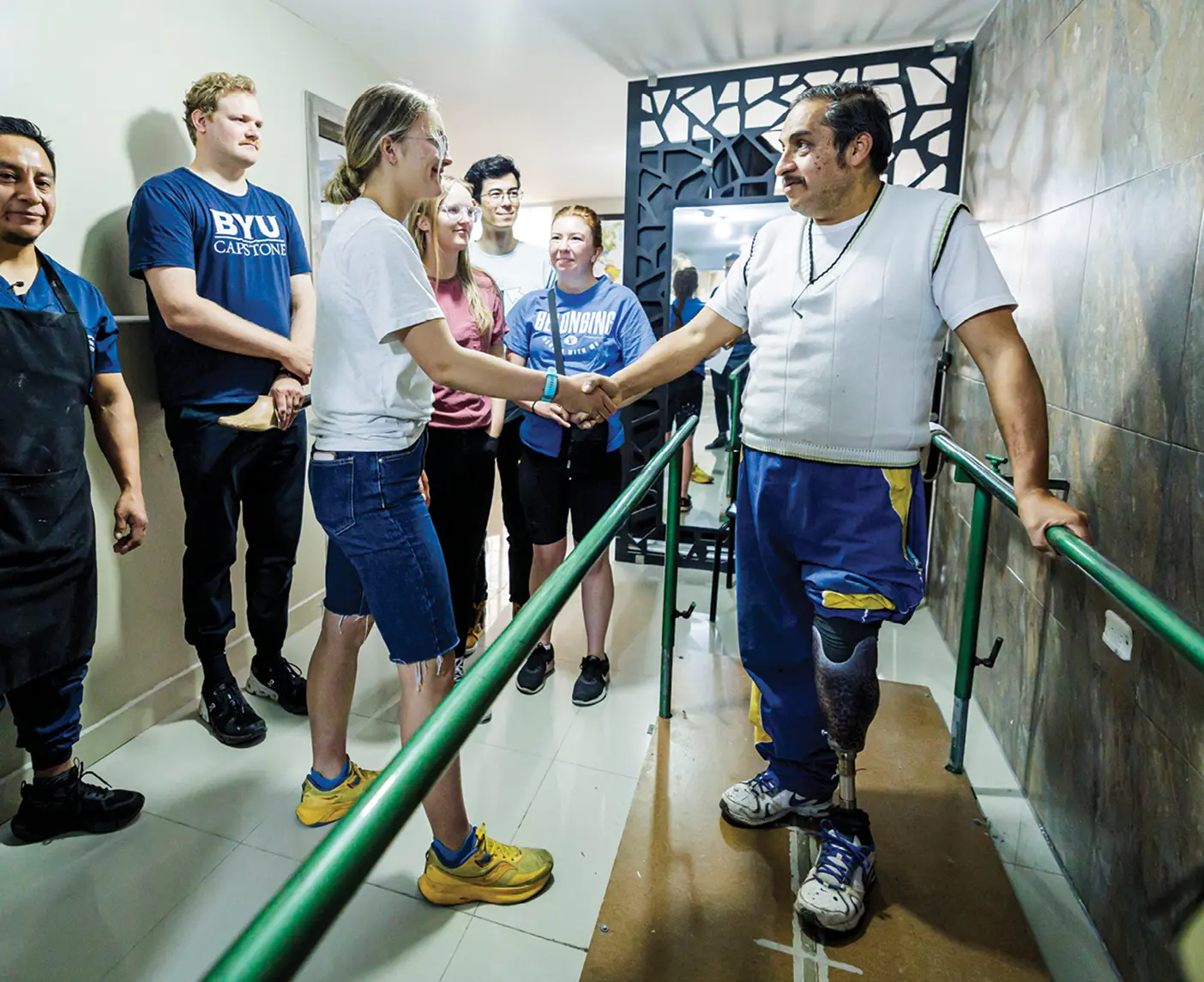
Watching a clearly delighted Rosero try out his new foot shell and walk confidently back and forth, the BYU engineers’ faces light up. Engineers and patients share handshakes and high-fives.
“For the first time in my academic and engineering career, I got to see someone use a product I designed and built,” says Paul K. Walker (’24). “Everything we worked for came together right then, and it was amazing.”
Jeppson is grateful for a chance to pay forward some of what she has received. “BYU has changed my life by giving me an education that brings me closer to God,” she says. “The things that we’re learning can so directly help others and improve the world.”
There is joy in both the giving and receiving that morning in the clinic.
“When I receive help, I feel happy as it is a way to mobilize, to walk a little more,” says Gavilanes. “It changes life a lot, not just for me, but for my whole family.” He is grateful for the “kind-hearted” BYU students. He asks them to keep moving forward, knowing that “God will always bless them when they want to help others.”
During their time in Ecuador, the team would successfully demonstrate the liner and foot-shell processes for Collaguazo, the prosthetist. “The mold is easy to use,” he reports. “And the process of pouring a liner is not complicated. By making a liner here instead of importing, we save time and money.”
Along with forms for pouring liners, the team provided six foot-shell molds, for right and left feet, in different sizes so the clinic can make custom shells as needed for patients.
With multiple trips planned for each year into the indefinite future, GEO classes will continue to improve the liners and foot shells for Prótesis Imbabura. And, with rigorous assessment and open eyes, BYU students and their faculty and alumni mentors are finding additional ways to alleviate poverty and bless the lives of Ecuadorians with physical challenges.
Already in the works: another student team, led by nursing professor Corinna Trujillo Tanner (’91), visited the clinic in August to make training videos for patients. And BYU sociology and business teams will be exploring various business models to sustainably supply the prosthetics clinic with liners and foot shells.
“Serving abroad isn’t just about what you can teach—it’s also what you can learn,” says Tanner. “We are not just here to come and serve and make their lives better,” she adds. “We are uniquely positioned to learn from these wonderful people, and we are learning valuable lessons we can learn in no other way.” While interacting with patients, she invited the students to “ask them about their lives, ask them about their experiences, ask them what they’ve learned from living with a disability.”
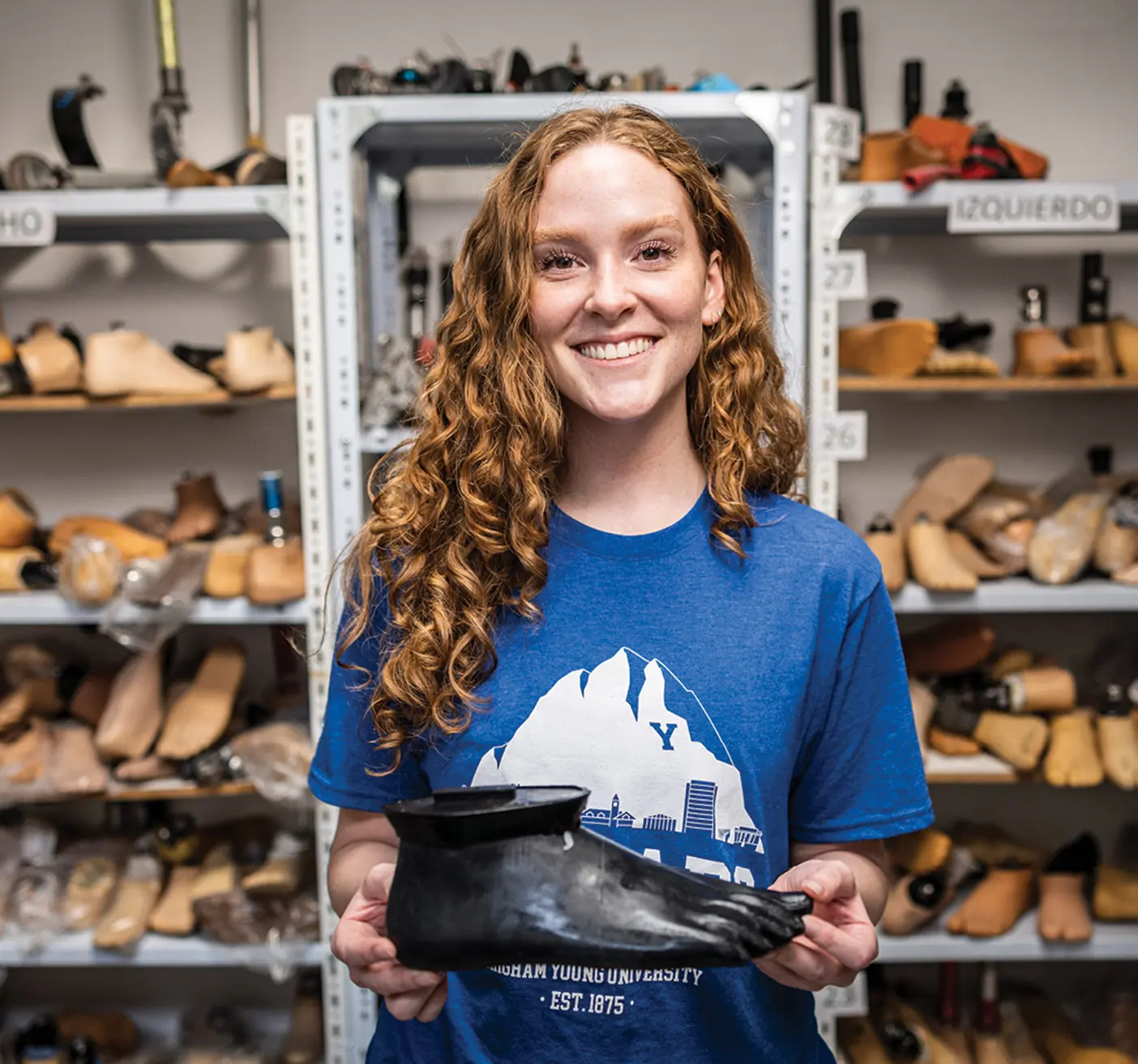
Changing lives runs both ways, notes manufacturing-engineering student Alexandria Wilson Healey (BS ’23). “I’ve never had a project or design that I’ve been this proud of or that has made such an impact in my life,” she says. “We worked so hard, but nothing prepared me for how amazing it felt to meet with the patients who have been in our minds and hearts all year.”
One of the things the students learned is that hopes for the future and love of family are universal. Gavilanes wants this for his four girls: “That they can know a good life. Let them be dedicated in their studies so they can go far and do things I couldn’t.” As for the near future, he aspires to “have a little house of our own—we would like it if [the girls] could go out to play, laugh, and jump with gusto.”
For now, he’s grateful a prosthetic allows him to walk and hold their hands.
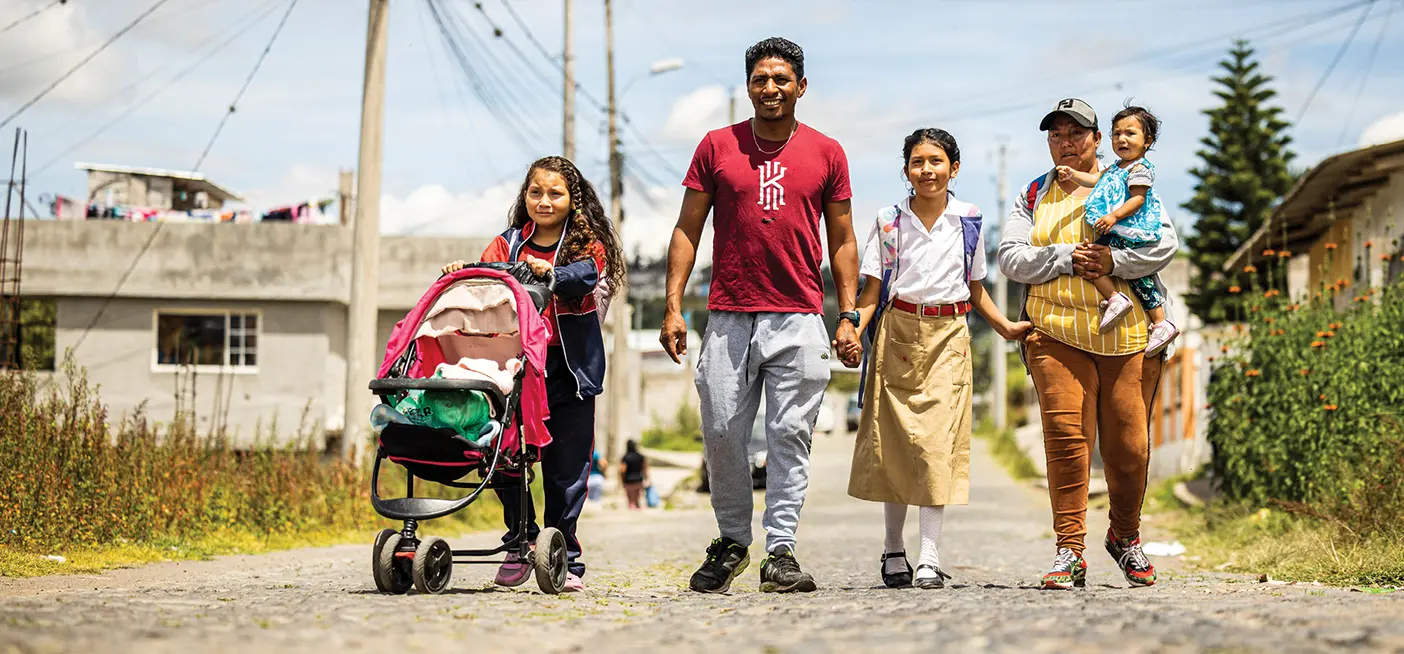
Feedback Send comments on this article to magazine@byu.edu.


